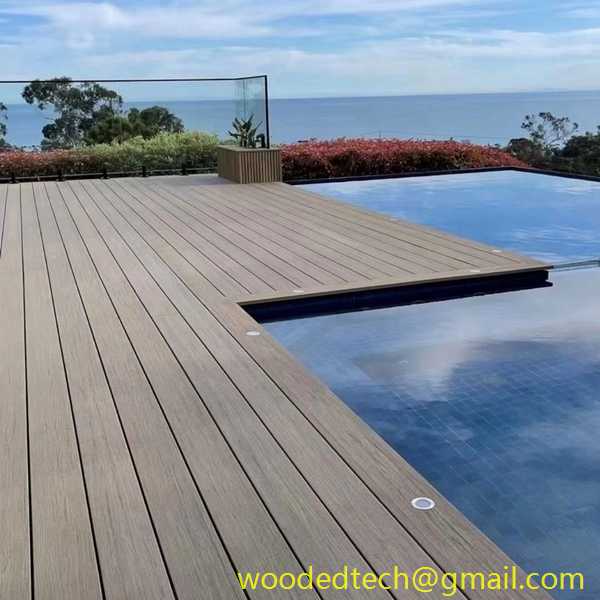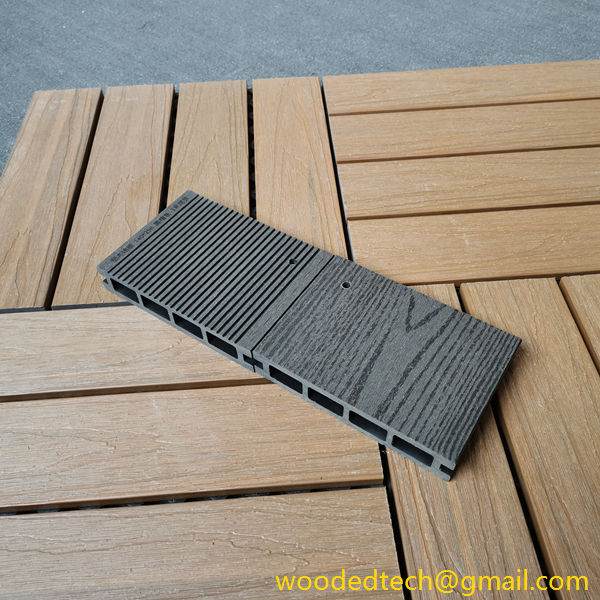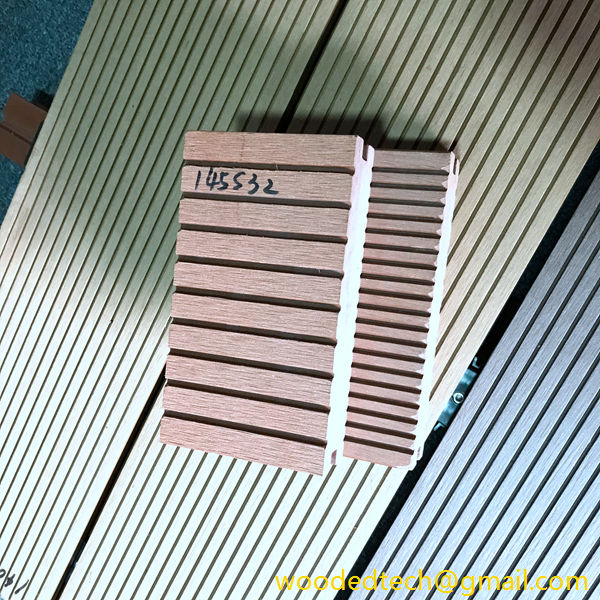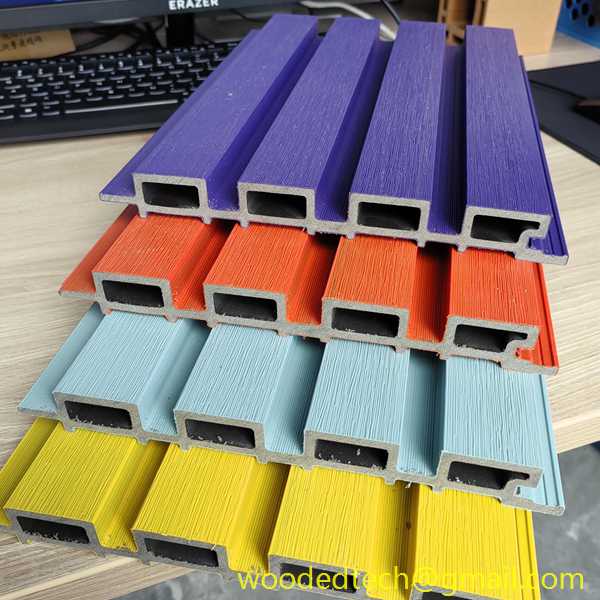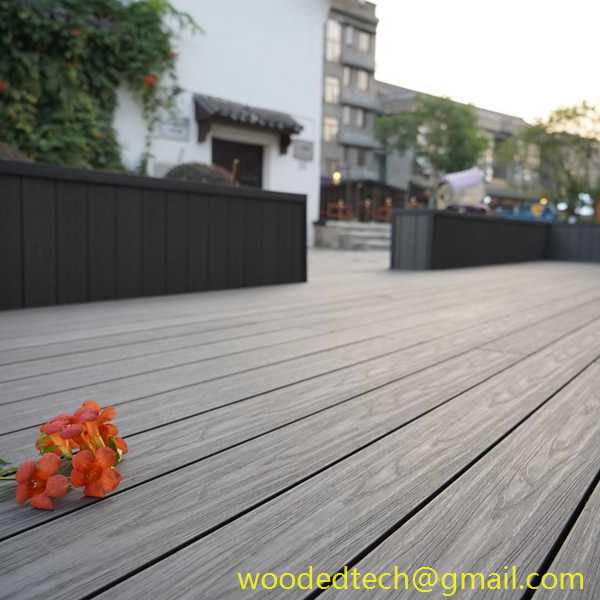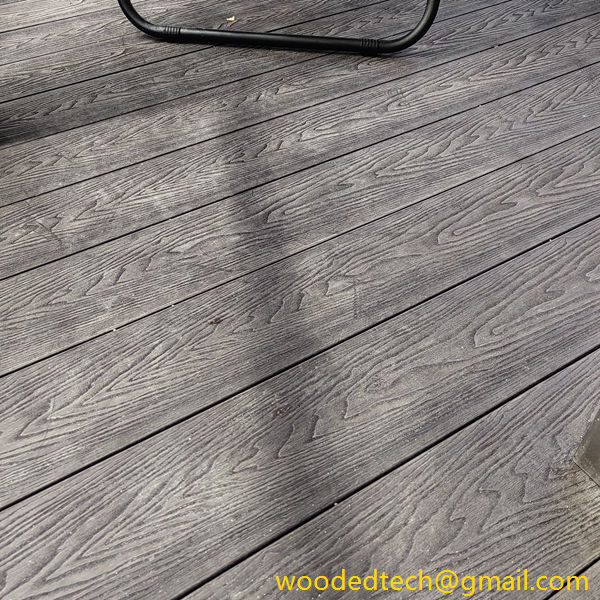WPC Panel Exterior Design Trends
Wood Plastic Composite (WPC) panels have emerged as a popular choice for exterior design, driven by their unique blend of aesthetic appeal and functional performance. As architects and designers increasingly seek sustainable and versatile materials, WPC panels stand out for their durability, weather resistance, and low maintenance requirements. This article will explore the current trends in WPC panel exterior design, emphasizing the material’s performance characteristics that make it a favored option in contemporary architecture.
One of the most significant trends in WPC panel design is the growing emphasis on sustainability. With an increasing global focus on eco-friendly construction practices, WPC panels are often made from recycled wood fibers and plastic materials. This not only reduces waste but also minimizes the demand for virgin resources. The composition of WPC panels allows for a reduction in the carbon footprint associated with traditional building materials. As a result, designers and homeowners are drawn to WPC panels as a responsible choice that aligns with sustainable building practices.
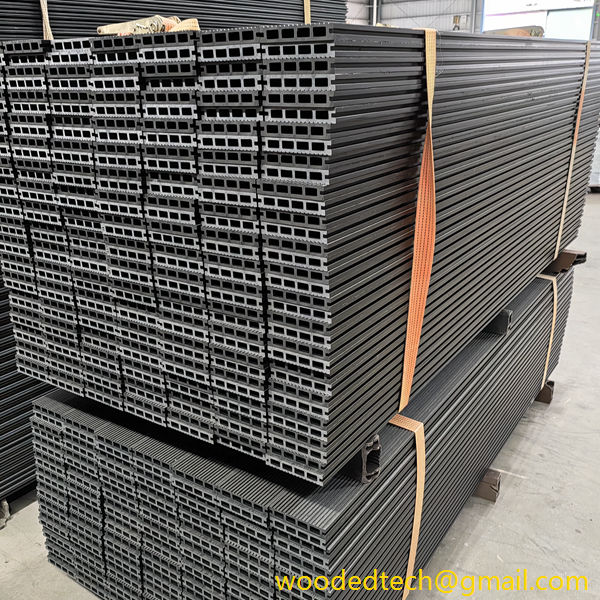
In addition to sustainability, the performance characteristics of WPC panels contribute to their rising popularity in exterior design. One of the primary advantages of WPC is its exceptional resistance to moisture, which makes it ideal for outdoor applications. Unlike traditional wood, which can warp, crack, or rot when exposed to the elements, WPC panels retain their structural integrity over time. This moisture resistance not only extends the lifespan of the material but also reduces the need for regular maintenance, making it a practical choice for busy homeowners and commercial property managers.
Aesthetic versatility is another trend driving the adoption of WPC panels in exterior design. WPC panels can be manufactured in a wide range of colors, textures, and finishes, allowing designers to achieve the desired look for their projects. Whether aiming for a contemporary aesthetic or a more traditional appearance, WPC panels can mimic the appearance of natural wood while providing enhanced durability. This versatility enables architects to push creative boundaries, offering unique design solutions that appeal to a diverse range of tastes and preferences.
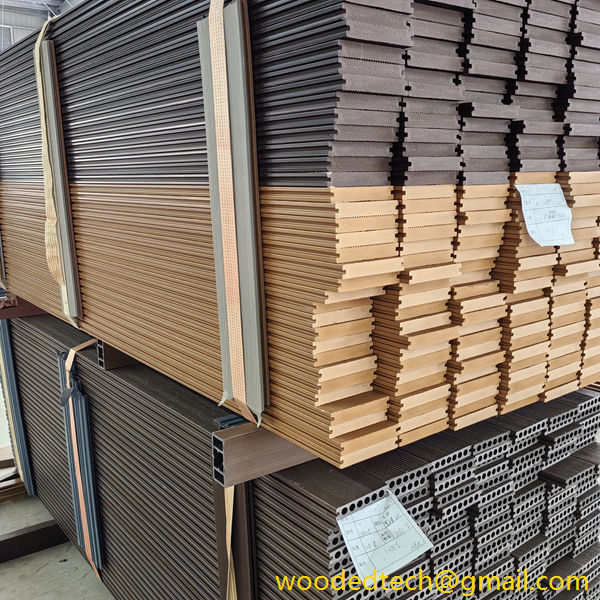
Furthermore, the ability to customize WPC panels enhances their appeal in exterior design. Many manufacturers offer options for panel size, shape, and profile, allowing designers to create tailored solutions that fit specific architectural styles and requirements. This customization capability not only facilitates creative expression but also ensures that the panels meet the functional needs of a given project, such as insulation, soundproofing, or fire resistance.
Another notable trend in WPC panel exterior design is the incorporation of innovative technologies. Some manufacturers have begun integrating advanced features such as UV protection, anti-fungal treatments, and enhanced color stability into their WPC products. These technological advancements further improve the performance of the panels, ensuring they remain visually appealing and functional over time. As a result, architects and builders are more inclined to specify WPC panels in their designs, confident in their long-term performance.
The trend towards outdoor living spaces has also influenced the use of WPC panels in exterior design. As homeowners increasingly seek to expand their living areas into the outdoors, WPC panels provide a stylish and durable solution for creating decks, pergolas, and privacy screens. The ability to seamlessly blend indoor and outdoor environments has become a focal point in modern design, and WPC panels play a crucial role in achieving this goal. Their resistance to fading and degradation under sunlight ensures that outdoor spaces maintain their beauty and functionality year-round.
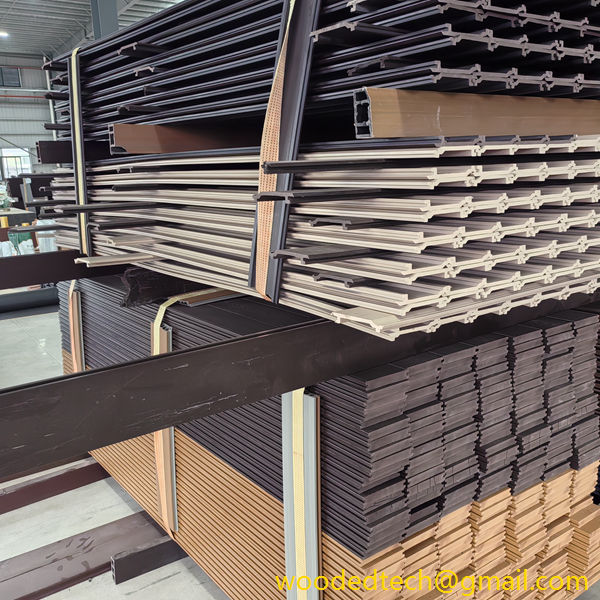
Moreover, the ease of installation associated with WPC panels is a practical advantage that is shaping exterior design trends. Many WPC products are designed for quick and easy installation, reducing labor costs and project timelines. This efficiency appeals to builders and contractors who are looking to streamline their processes while delivering high-quality results. The straightforward installation of WPC panels also allows for more innovative design possibilities, as they can be easily integrated into various architectural features.
In conclusion, the trends in WPC panel exterior design reflect a growing appreciation for materials that combine sustainability, durability, and aesthetic versatility. As architects and designers continue to prioritize eco-friendly practices and innovative solutions, WPC panels are poised to play a significant role in the future of exterior design. Their exceptional performance characteristics, coupled with advancements in technology and customization options, make them an ideal choice for a wide range of applications. As the demand for outdoor living spaces continues to rise, WPC panels will undoubtedly remain at the forefront of contemporary architectural design.

